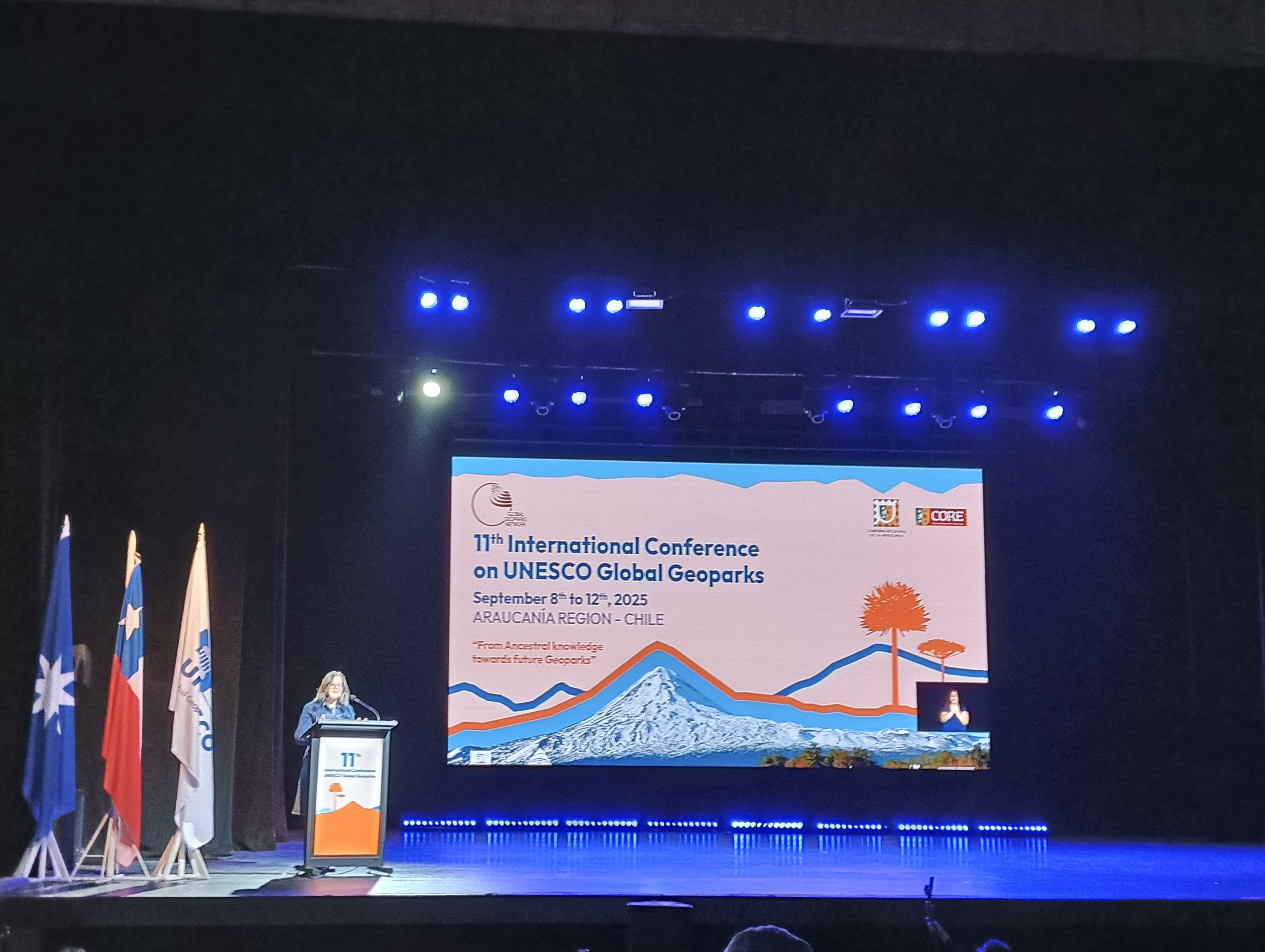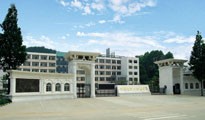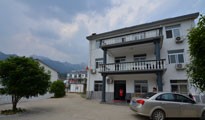According to statistics, about 45
billion tons of garbage is produced every year around the world and the amount
is increasing.
White pollution: it is plastic
wastes, including food packages, disposable meal boxes and plastic bags which
all have become global environmental hazards. The complete degradation of
common plastic products in nature requires 200-400 years. If buried in soil,
they will impede the growth of crops; if eaten by livestock, these animals will
suffer from digestive system disease in a less severe case, or they may die in
a more severer case; if incinerated, they will release a large amount of toxic
gases. Therefore, the treatment to plastic wastes has become a new mission for
environmental protection.
Waste battery pollution: the harm of
waste batteries is both long-term and latent, and the most harmful substances
are cadmium and mercury cells. Experiments have proved that if the toxic
substances in a tiny alkaline button cell permeate into the water, 600 cubic
meters of water will be polluted. If these toxic substances permeate into the
earth, underground water will be polluted; if they are burnt with garbage, the
air will be polluted; once they are dumped into the ocean, the life of marine
organism will be threatened.
The recycle and reuse of garbage does
not only solve environmental pollution, but also develop new resources for
production and our lives. Separate collection of garbage is good for recycling
and reducing environmental pollution. Generally, garbage is separated by those
that can be recycled and those that cannot. Recyclable garbage includes cullet,
waste paper, waste plastics, scrap metals and waste batteries and so on.
Regeneration of waste paper: recycle
1 ton of waste paper can produce 800kg of regenerated paper, which means 17
large trees can survive from deforestation and a 3 cubic meters room of
landfill is saved. In addition, waste water from papermaking can also be
reduced. Each piece of paper can be recycled at least twice.
Garbage power: incinerate combustible
refuse in urban area will produce heat which in turn generates electricity for
neighboring residents. The volume of the remains is just less than 5% of the
original amount, and it also can kill various bacteria and virus to prevent
them from converting some hazardous substances into harmless ones.






















































